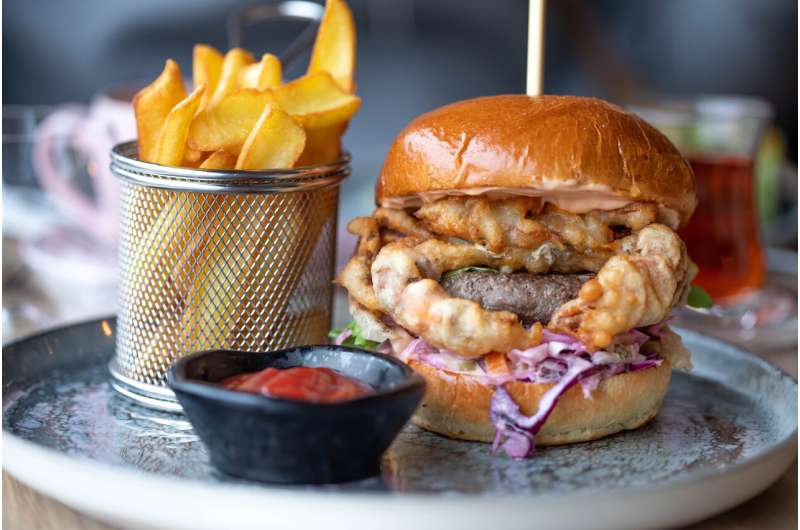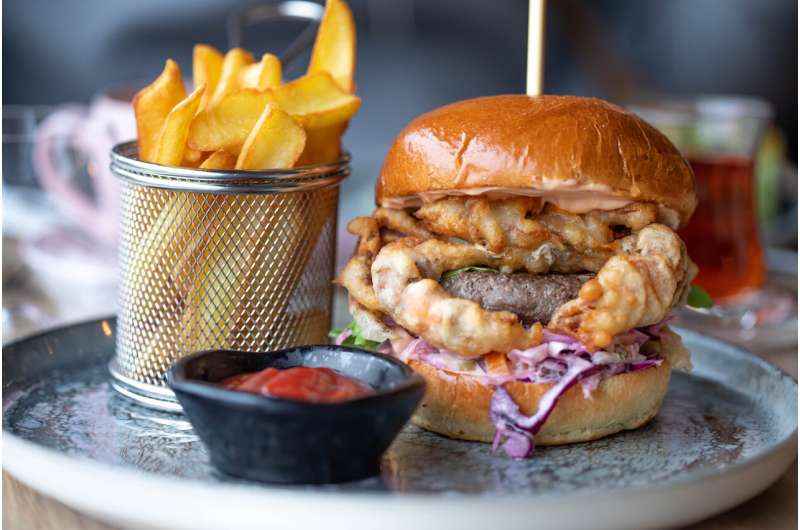Stored fat is a feat of evolution

In spite of the bad press, stored fat is actually a really wonderful thing. Without the capacity to store energy in the form of fat, we would have been unlikely to survive through millions of years of evolution and we would certainly look very different to the way we look today. We needed the capacity to store energy to survive periods of famine, and fat is a very sensible way to do this.
Even a relatively lean 75kg man typically has over 100,000kcal stored in the form of fat. If we had to store this energy in other forms – for example as glycogen, the storage form of carbohydrate – our weight would increase by 40-60kg (because glycogen is less energy dense and also stored in combination with water). Imagine dragging around two packed suitcases while hunting or gathering and you'll get the idea of why it has been so useful to package stored energy in the form of fat.
So, while fat is often demonised, it has also been our friend through millions of years of evolution. It makes sense for our bodies to store energy in this way and to develop systems to cling on to it just in case there is a famine around the corner.
But, our relationship with fat has changed. While some fat is essential and healthy, accumulating too much body fat has a detrimental impact on our health by increasing the risk of chronic diseases. So, storing too much energy in the form of fat is clearly not a good thing. Sadly, most people are now storing too much energy as fat and many people in the developed and developing world are now considered overweight or obese.

Difficult to let go
Excess stored fat is a particularly difficult problem to solve in part because we have evolved such sophisticated processes to protect fat stores once we have them.
One of the best-characterised physiological systems involves leptin, a protein secreted by our fat stores (adipose tissue) – that tells the brain that there is plenty of energy available stored in the form of fat. When discovered, there was a great deal of excitement about whether leptin could be administered as a treatment for obesity – perhaps in an injection that would trick the body into thinking that there were large amounts of fat available so that we do not eat as much. Sadly, these potential treatments were not effective and we now understand why.
As we store more and more fat the leptin level in our blood will increase in proportion to the increase in stored fat. Our brains get used to this higher level of leptin, so administering more leptin over and above this higher level of leptin does not seem to help. Instead, it is when leptin levels fall that leptin becomes a very important signal. When we try to lose weight, there is a disproportionately large fall in circulating leptin in spite of only modest fat loss.
A fall in leptin is an attempt to defend fat stores with leptin functioning as the signal to the brain in a negative feedback loop that maintains the stability of fat mass. A fall in leptin is associated with increased sensations of hunger and an increase in "reward-related" behaviours. Reduced leptin is also a trigger for depressive symptoms in animals. So, when we try to lose weight, our fat tissue sends signals to the brain to try to resist any further loss of fat; we feel hungry, we seek rewards, and we might feel a little down or depressed.
What can we do about this? Well, a recent study indicated that fat tissue may have some other properties that we might be able to manipulate to help. Some specialised types of fat cells (adipocytes) have the ability to burn energy to help keep us warm (a process called thermogenesis). The authors showed that this type of thermogenesis is normally turned off by a specific protein called sLR11. This makes sense because for millions of years we have been striving to store fat and only use it when there is a very good reason.
Interestingly, in this study, mice created without sLR11 did not gain weight when overfed because they burned more of the energy that was consumed. The authors also showed in a small number of patients undergoing bariatric surgery that the fall in sLR11 was related to the decrease in fat mass. Based on these observations, they suggested that sLR11 stops energy from being wasted via thermogenesis in fat tissue. By inference, if we can turn this off in humans then we might be able to get the body to use (waste) energy rather than clinging on to it.
Before we get too carried away, a caveat here is that this type of thermogenesis is mostly confined to certain types of fat cells (brown adipocytes or "brown fat") and these cells are more rare and probably less important in humans than in rodents. We can also achieve thermogenesis through other means such as burning energy through movement. We know that increasing thermogenesis through movement leads to a fall in leptin and that this probably explains why an exercise programme causes people to eat more and not lose as much weight as they should. Whether burning energy through increased adipose thermogenesis will have the same effect in humans still also needs to be established.
So, for now, it is important to remember that when you feel yourself gaining a few pounds, your body will see this as a success and it will fight hard to keep any extra weight.
This story is published courtesy of The Conversation (under Creative Commons-Attribution/No derivatives).
![]()




















